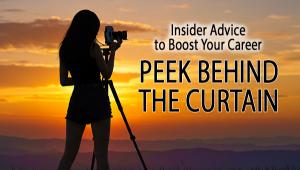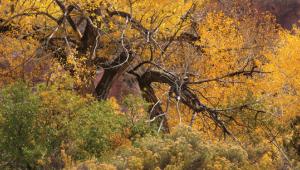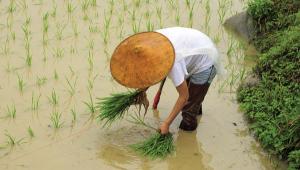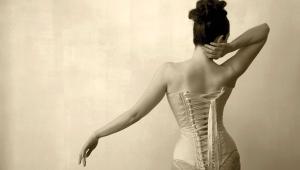Francesco Tonelli Makes Food Pixellicious; A Delicious Dish Is Best Served In The Right Light
“You need to establish a connection with the food in front of the camera,” observes New York-based food photographer Francesco Tonelli (www.francescotonelli.com). “I can do a better job photographing a dish when I can picture myself eating it. That’s the frame of mind I need to be in so that I can capture the taste and essence of the dish.”
Tonelli’s love of food dates back to life in Italy, where he was a chef. Often a photographer will bring in a food stylist to prepare the dish and make it look appetizing for the camera. Tonelli, however, brings his own experience as a chef to the tabletop, not only preparing the dishes but also styling the set. Sometimes he will engage the talents of another chef, at that person’s restaurant, for instance.
 |
|
|
Learning To See The Bigger Picture
As a chef in Milan, Tonelli became heavily involved in photography as a food magazine consultant on photo shoots. “I would create, prepare, and style new dishes each month so they could be photographed—but by someone else.” When he came to the US a little over 10 years ago, he started teaching cooking at the Culinary Institute of America. And once again he crossed paths with photographers shooting his culinary masterpieces. But this time, it was as if the shutter curtain in his mind opened up to reveal the next facet in his life. “When I observed professional photographers lighting my dishes and making them look even better, something in my mind clicked, and I wanted to be able to do that as well. So before long, I was doing it all—developing the dish, preparing it, lighting it, and shooting it.”
Tonelli dove directly into digital photography, owing to his strong interest in computers—he was a Mac user early on. As the appetizer to his digital imaging career, he picked up a simple point-and-shoot digital camera. He also enjoyed image editing as part of the process. He soon moved up to a better digital camera, still not an SLR, but it opened the door to his first commercial assignments. When he realized that photography was now his overriding passion and that he needed a high-resolution camera, he did not hesitate to make his next investment: a Kodak DCS 14n.
As technology moved on, so did he, upgrading to a Canon EOS-1Ds Mark III, which he could use tethered to his new Intel Macs. And his lens of choice these days with the 1Ds is a Sigma 70mm macro, since many shots are made at close range. He took the occasional detour along the way into medium format with a Fuji GX680 and Sinarback at first, then moved on to the Hasselblad H1 and H2 with Leaf, Imacon, and Phase One backs (all rented). The software he primarily works with is Adobe’s Photoshop Lightroom and Photoshop CS3. For color balance he uses a gray card where possible, one noteworthy exception being when he’s shooting food cooking on a grill. “I shoot raw and color balance after the capture,” Tonelli adds.
 |
|
|
Making The Right Choices In Lighting
Of course, the transition from chef to professional photographer didn’t happen overnight; it took a few years. Editorial work and small commercial jobs can be easily handled in his home studio, Tonelli notes, where he has a well-equipped kitchen. When necessary, he’ll rent studio space for large commercial jobs. A former student at the Culinary Institute with a similar appreciation for food, his wife, as his business partner, is in charge of production and marketing, and also works as his assistant.
















































